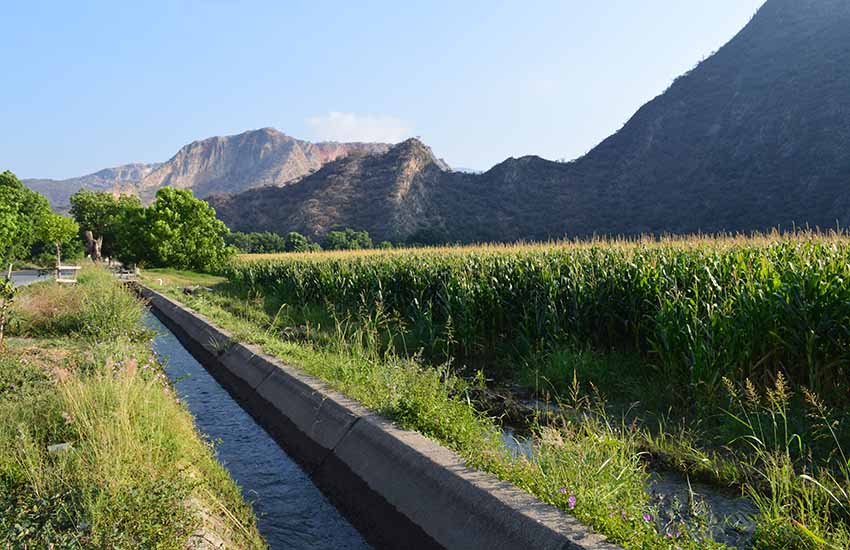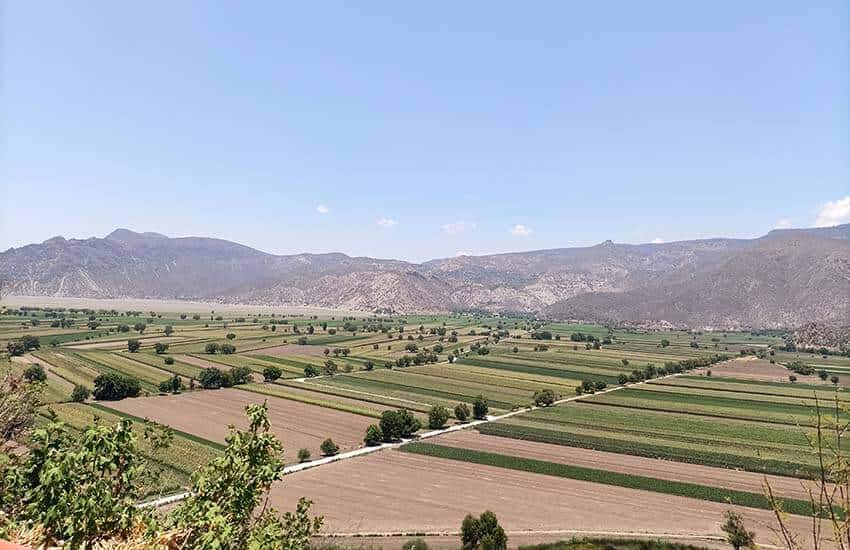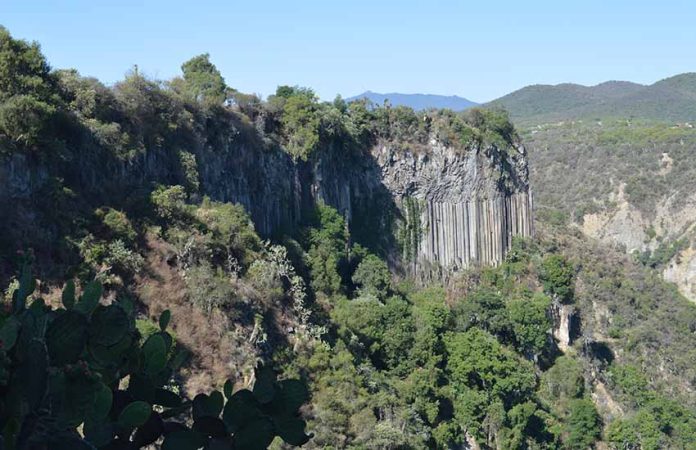Being a gringa (a female gringo), I tend to research a place before I go, especially when it’s off the beaten tourist path; it helps to get a sense of what to see.
But in Mexico’s rural areas, knowing where to go is only half the battle.
Such is the case with the Barranca de Metztitlán biosphere reserve in Hidalgo. This more-than-96,000-hectare protected area is recognized by UNESCO’s World Networks of Biosphere Reserves but is unknown to foreigners and even to most Mexicans.
UNESCO and the Mexican federal government list it as the Barranca of Metztitlán, but in reality, it encompasses an area with four small canyons (barrancas) named after the four rivers of the area: the Amajac, the Metztitlán, the Almolón and the Metzquititlán. These canyons vary from 300 meters to almost four kilometers wide.

The other major formation is Lake Metztitlán.
This jumble of geological formations and ecosystems offers new and wonderful scenery around just about every turn as you wind up and down mountains and canyon sides. Geologically, it’s a mix of both sedimentary and igneous rock, due to its history of arising from the sea, then having lava and ash spewed over it. Seismic activity lifted and folded this rock, and erosion exposed it.
The average altitude is 1,353 meters above sea level, but it is extremely rugged as elevations vary from 800 to 2,000 meters within only a few kilometers, generally because of the canyons.
The biosphere has many different plant species, including pines, mezquite and other trees as well as scrub, but the most important are the cacti, with over 60 species found in the zone some various meters high. What is most striking overall is the contrast between lush green of the canyon bottoms with the rock, cactus and scrub along the sides and up top.
This is because this is an arid and semi-arid area, but it receives significant water as part of the Moctezuma River basin, an important flow of water for eastern Mexico.
The most visible aspect of this river system is Lake Metztitlán, a shallow body of water and wetlands system formed when a landslide of limestone blocked the Venado River, forming a natural dam. The average depth is only nine to 10 meters, and its expanse varies greatly between the dry and wet seasons.
The lake is not only extremely important to the local ecology but also to migrating birds from the United States and Canada, prompting its inclusion in the Ramsar Convention in 2004.
Although a biosphere reserve, it is not a park. Humans have lived here since the stone age, with arrowheads, cave paintings, ceramic shards and more found in exposed rock.

The area was important to the Aztecs because of trade routes here, forcing locals to fight to keep their independence. After the Spanish conquest, the two main population centers were established — Metztitlán, with its massive 16th-century fortress of a monastery, Santos Reyes, and Metzquititlán.
Since becoming a reserve, life goes on pretty much as before. About 75% of the land is still agricultural; the rivers are used for extensive irrigation, and the lake is used for fish farming.
There are restrictions — in particular a ban on collecting cactus species and measures to protect the bat populations in the many caves. However, these have had only moderate success.
Most residents support an end to poaching and “reforesting” cactus areas, but since 2000, the number of cactus species has dwindled from 120 to only 62. Bat protection faces resistance as many consider them a threat to livestock.
The direst issue is that of Lake Metztitlán. Its recession recently has been extreme, with the lake drying almost entirely in 2020 and 2021.
The natural and rural scenery is some of the best I have experienced in Mexico, but it is not easy to see. Most attractions are in the north of the biosphere with a couple in the south. The heart of the reserve is the area between the town and Lake Metztitlán, where the canyon is very wide with a large flat very green agricultural area below and a church on a large rock formation in the middle of it all.
The lake in the dry season is small, but you can see evidence of how it grows and shrinks. The best views are on the west side, but there are no roads to that part for the average car.
Other attractions include waterfalls at Aguacatitlán and El Salitre, several lookout points for panoramic views, a cactus sanctuary in Metztitlán, caves with paintings and bat colonies and capricious rock formations. Nothing is marked on the roads, so you have to rely on Google maps and asking locals. All roads have bad sections (at the very least), and many are impractical for most cars.

The most developed attractions are at the southern end near the bustling tourist area between Huasca de Ocampo and Pachuca. The Barranca de Aguacatitlán is a worthwhile side trip from Huasca, especially for early risers that like to hike before it is too hot.
Here are a fair amount of services for tourists such as horseback riding, cabins, camping, and restaurants. In the north, however, these are much fewer, with lodging, food and iffy cell phone/internet connections limited to Metztitlán and Metzquititlán.
In the end, the biosphere reserve is a wonderful drive for those willing to trade off smooth road conditions for spectacular scenery and a lack of crowds. You may get disappointments: we could not find the waterfall at El Salitre nor get to the Cueva de la Malinche for lack of an available local guide. What we could see, however, was more than enough to satisfy a couple of wandering shutterbugs.
Leigh Thelmadatter arrived in Mexico 18 years ago and fell in love with the land and the culture in particular its handcrafts and art. She is the author of Mexican Cartonería: Paper, Paste and Fiesta (Schiffer 2019). Her culture column appears regularly on Mexico News Daily.
